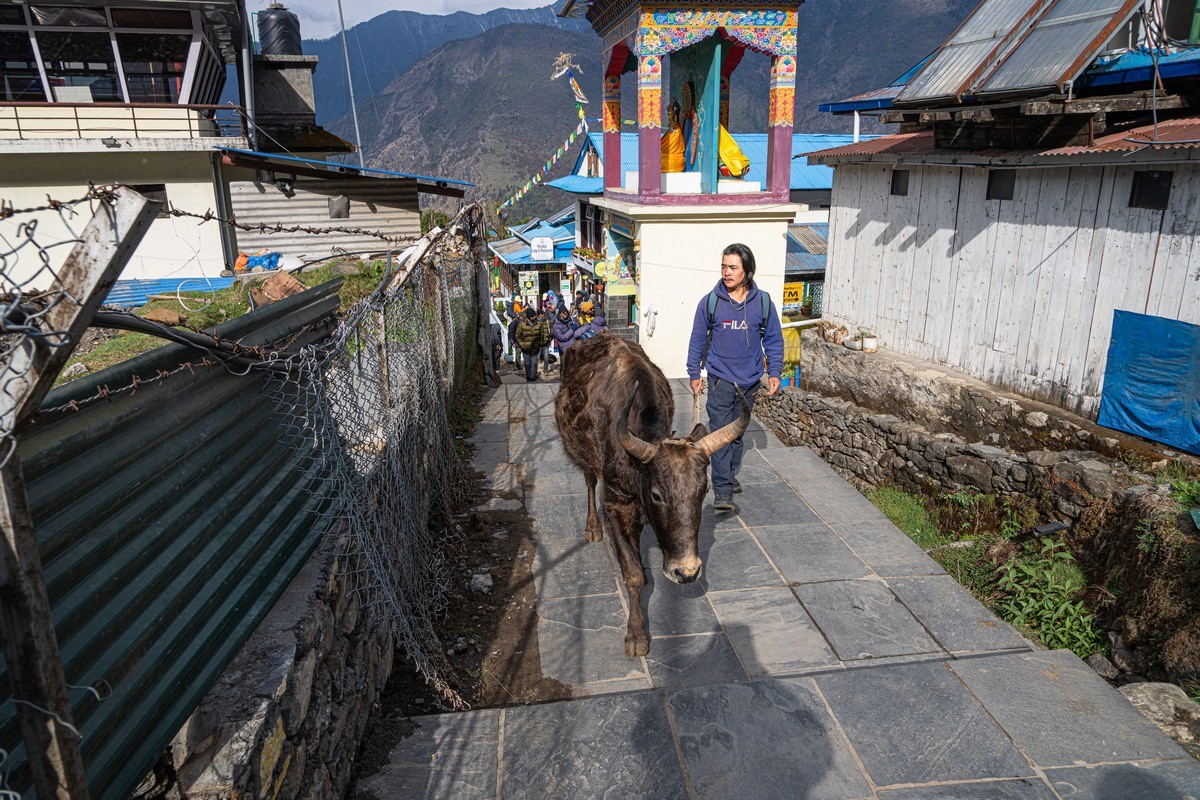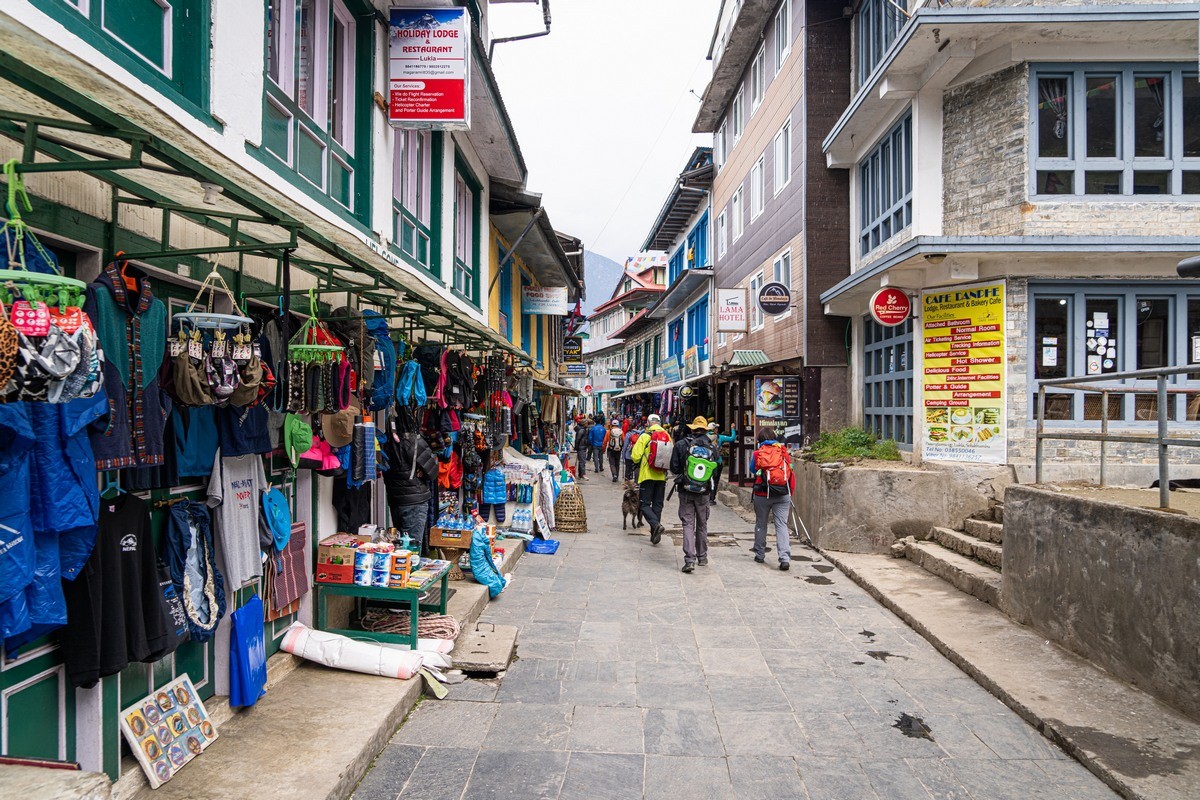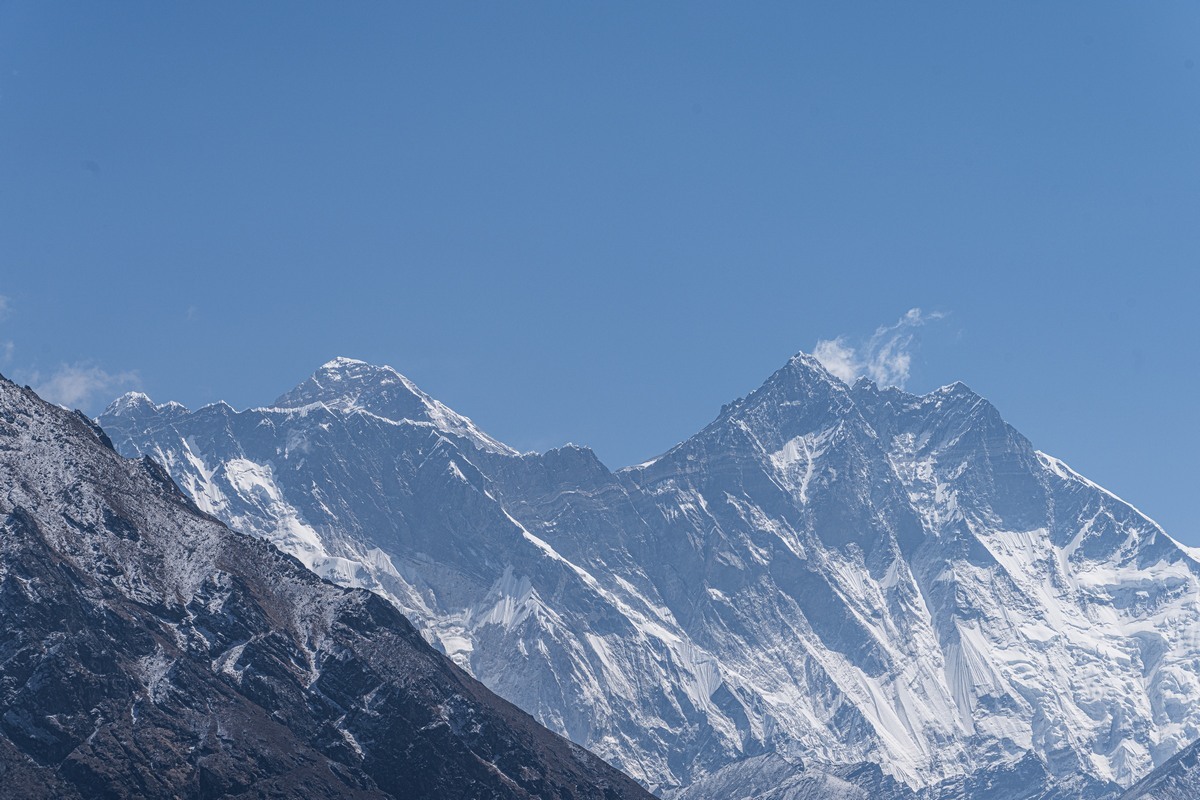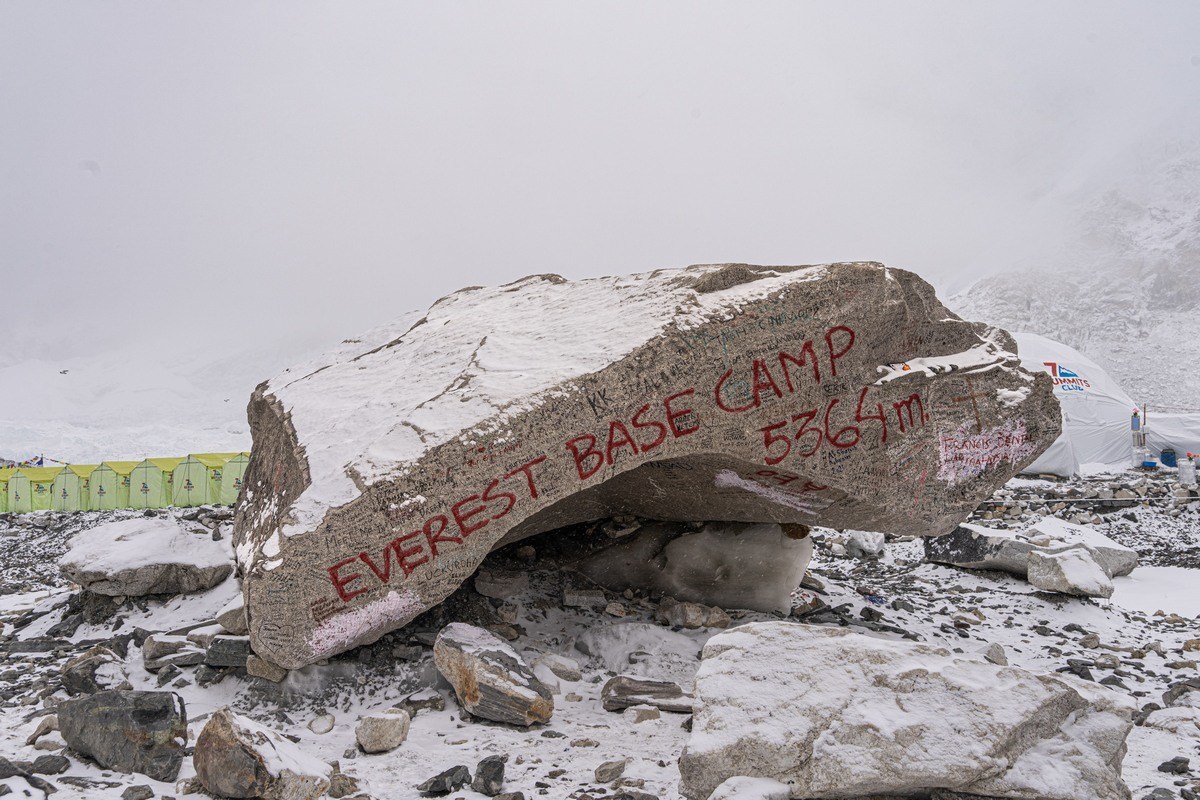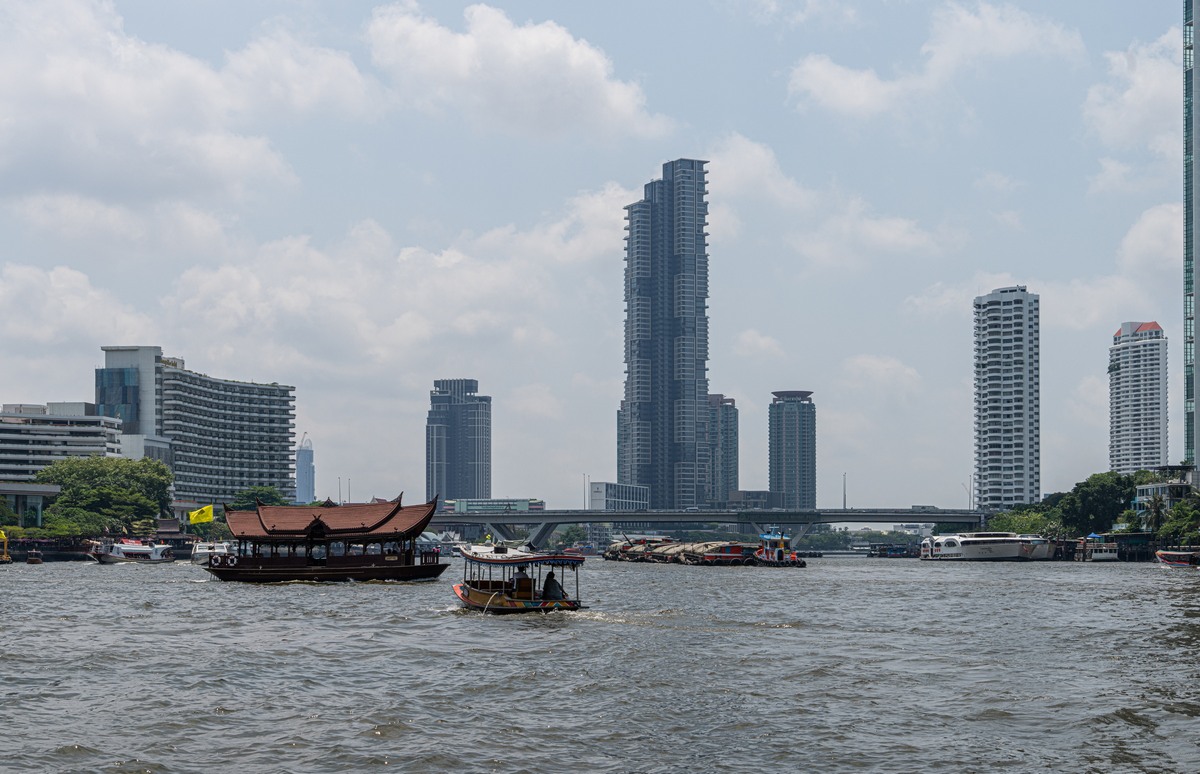Korea ✅
Japan ✅
Singapore ✅
Thailand ⬜ – therefore, that’s where we’re headed next!…
My spring tour of Southeast Asia had entered its final stretch, after which would come a long-awaited few days of decompression back home before getting back into the thick of busy things: new contacts, contracts, projects, products, services and solutions – and all so as to make the world more secure, safer, better. But I’m getting ahead of myself. Rewind – to Bangkok!…
Thailand’s capital is a short two-hour flight from Singapore. Take-off, ascent, “the seatbelt sign has been switched off”, a brief pause, “the seatbelt sign has been switched on”, and a short while later you’re touching down. First up – checking into our hotel. And here’s the view from my window:
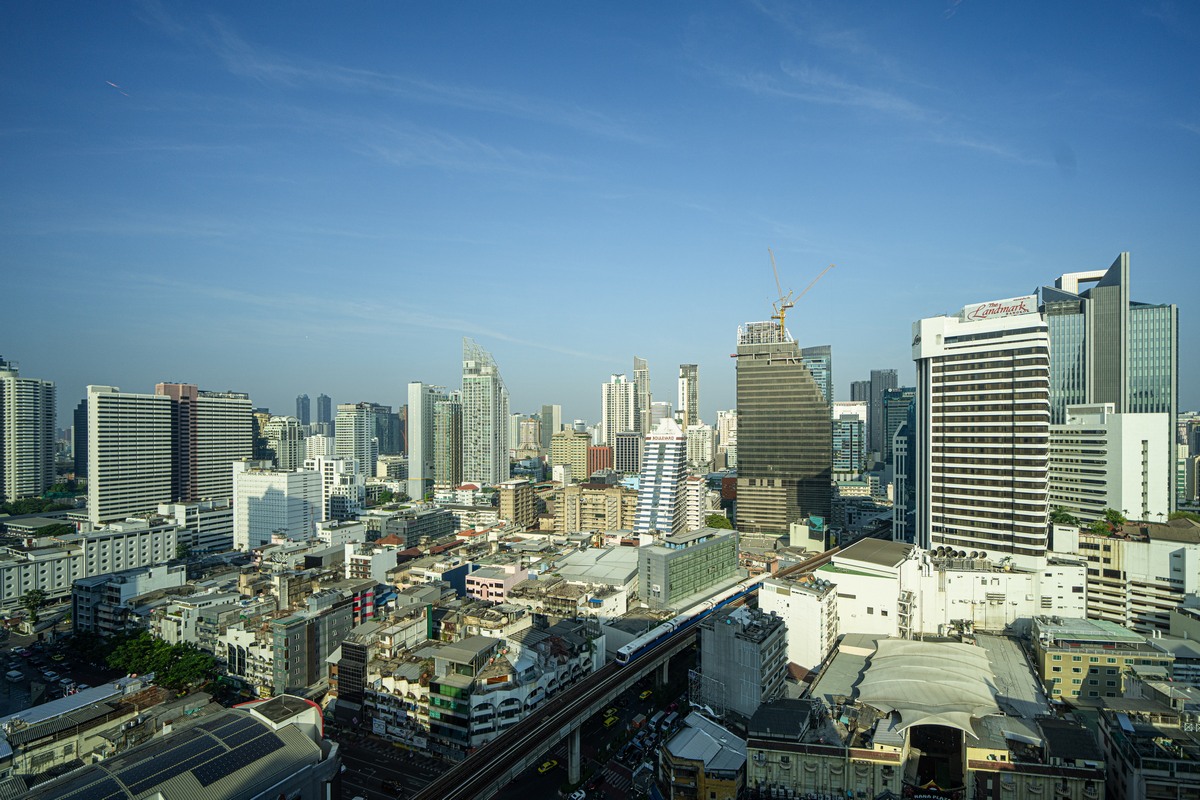
I hadn’t been here for a full 17 years! I’d been in Thailand in the interim – at conferences in Phuket for example, but not the capital. It was therefore tricky remembering what it was like here nearly two decades ago. Anyway, today – it’s like this:
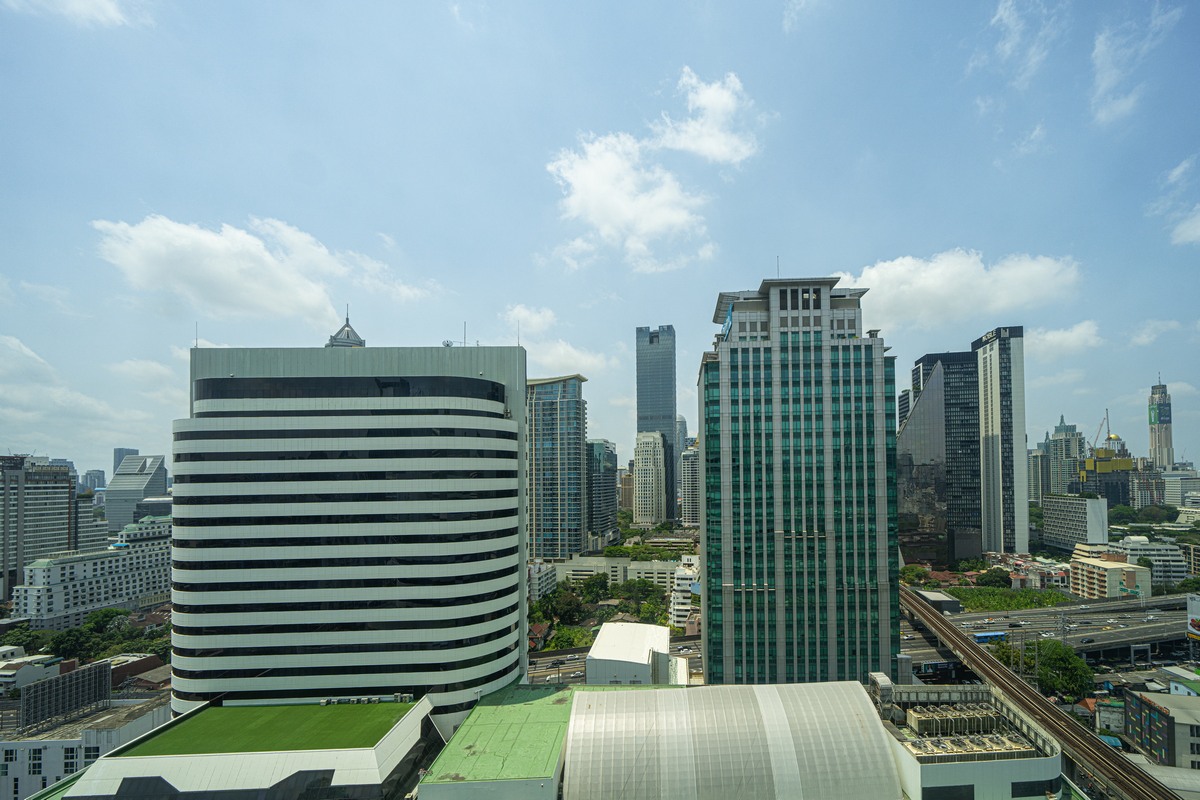
Ah – some of it was coming back to me: yes, for example, on that tall, thin skyscraper just to the right of the center in the following pic, I remember distinctly… a Johnnie Walker whisky advert! Its text read “don’t drink and drive”! Let me guess – drink and walk, instead?!

As you can see, the city is densely built up. Something else is dense – and long – here: the traffic jams down below (.
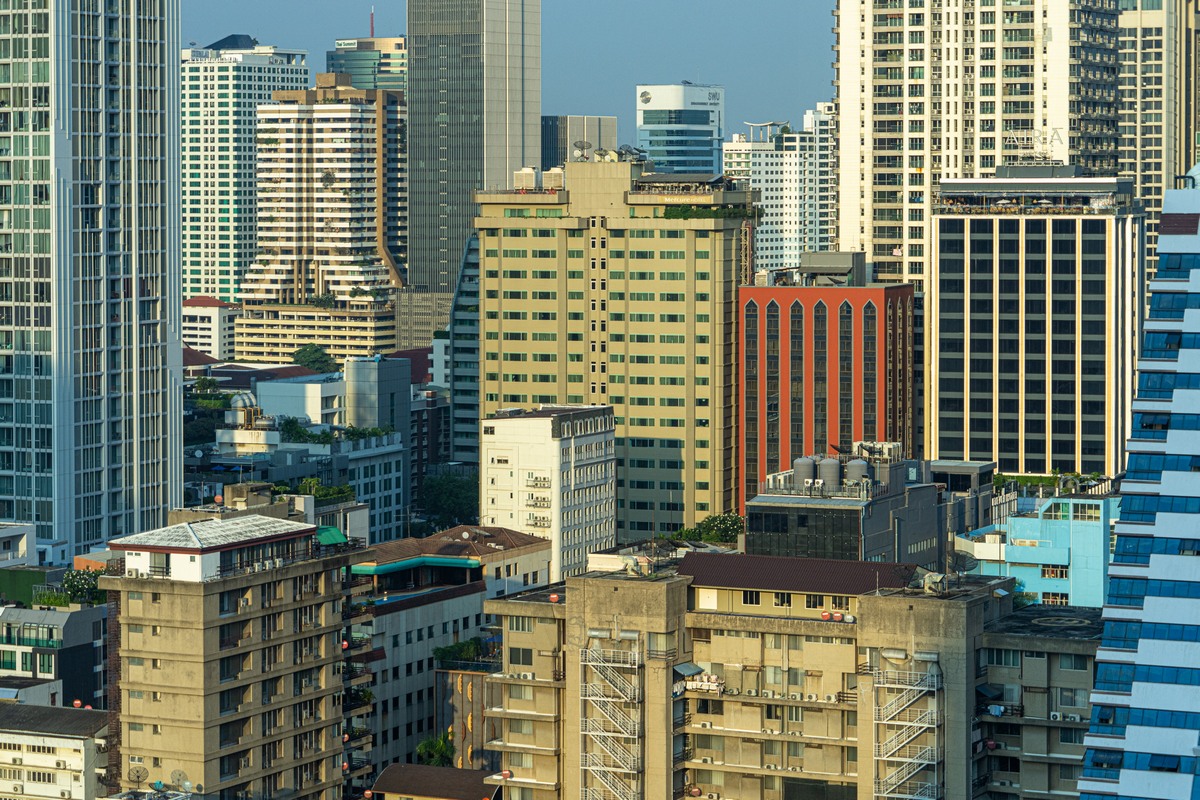
Here’s a less salubrious district, just like in any other city:
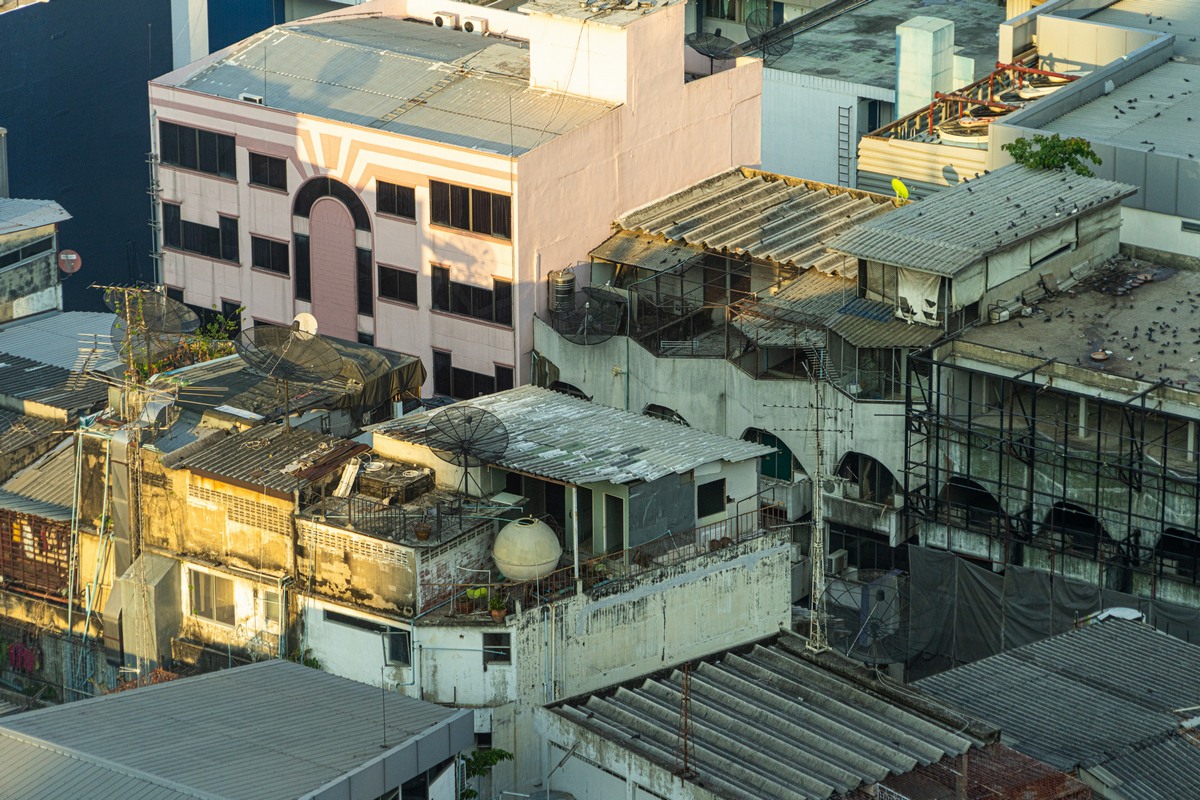
And down there the streets are a hive of busy activity:
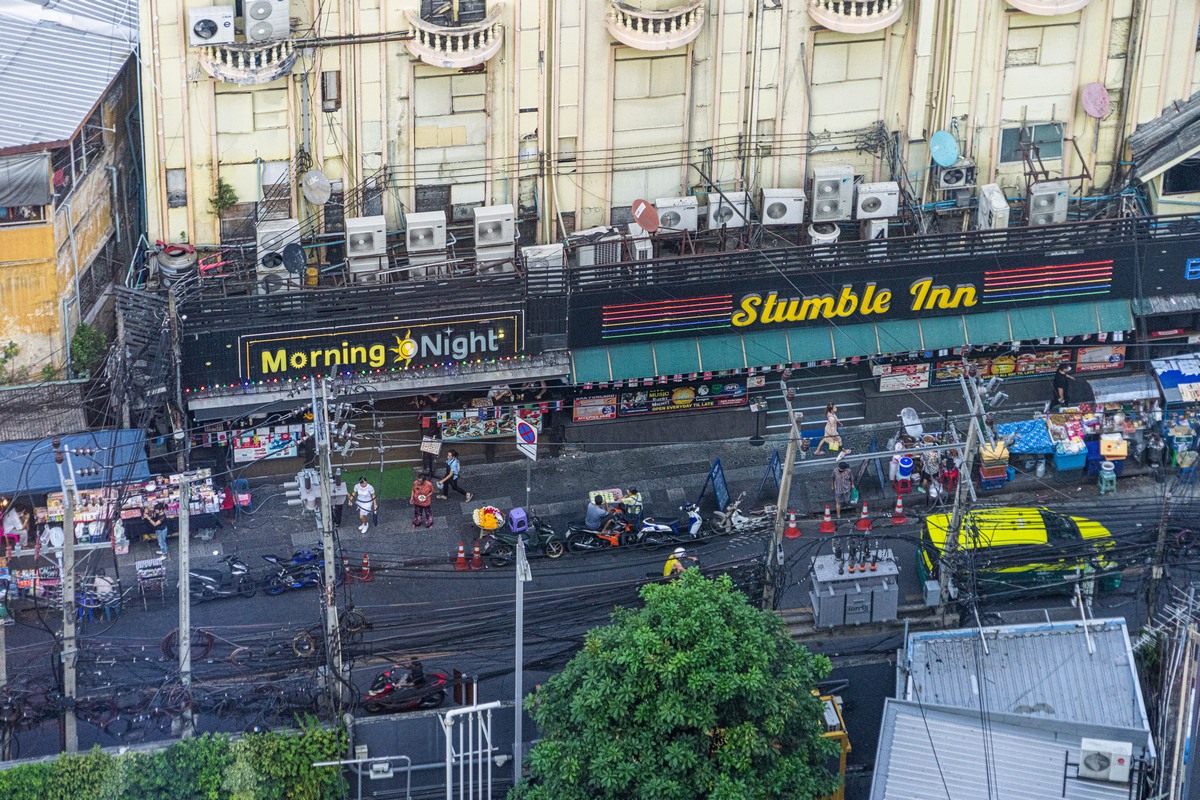
There was a hive of busy activity at our event too – especially up on the stage:
The following day – walkabout-tourism! But I’ll save that for tomorrow’s post. For now – photographic hors d’oeuvres…
The Chao Phraya river:
We took a nice long stroll around the grounds of the Grand Palace – the kings’ residence:
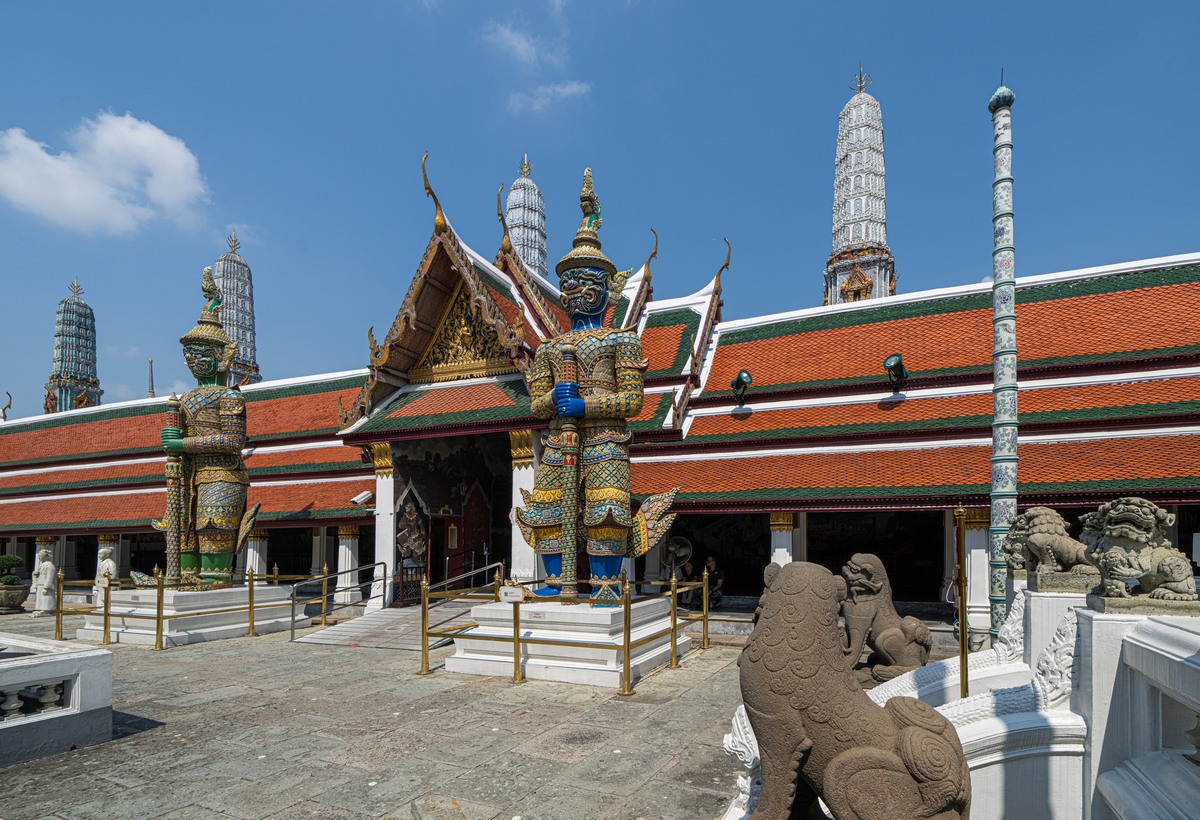
And a superb stroll it was too!
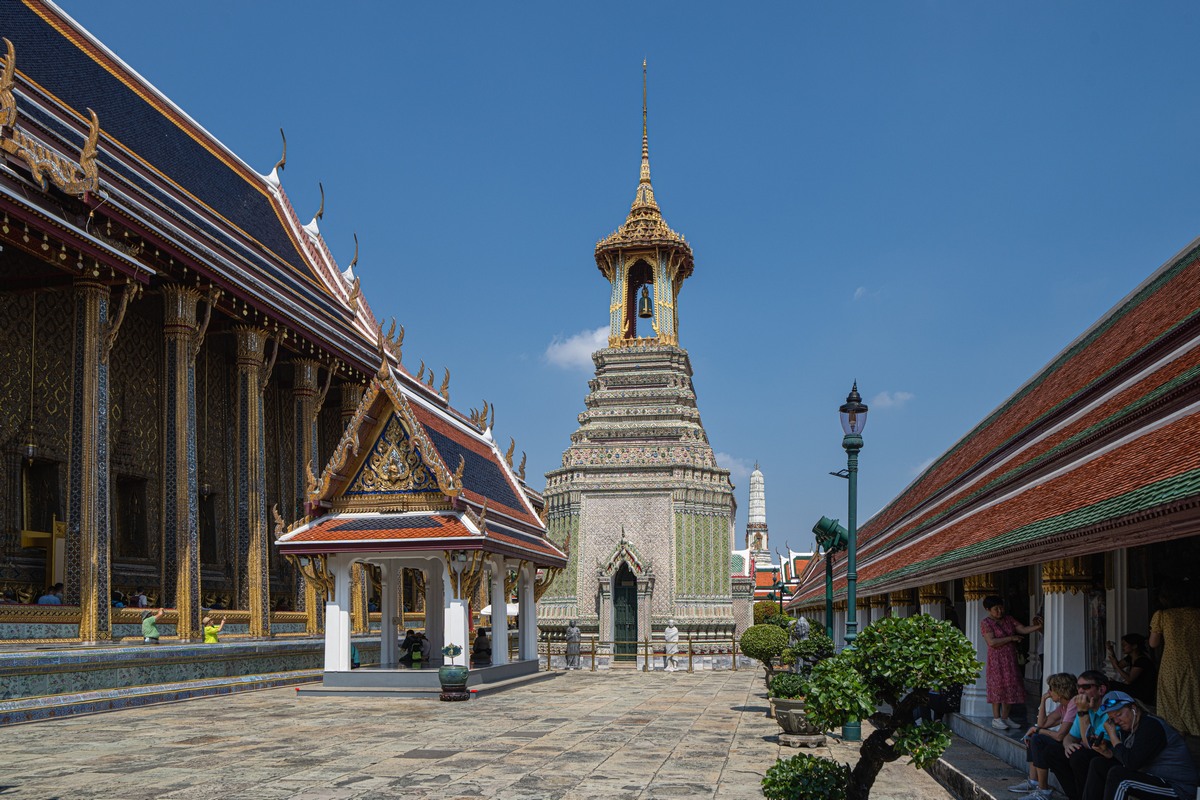
And several more nibbles pics:
To be continued!…
All the photos from Thailand are here.
